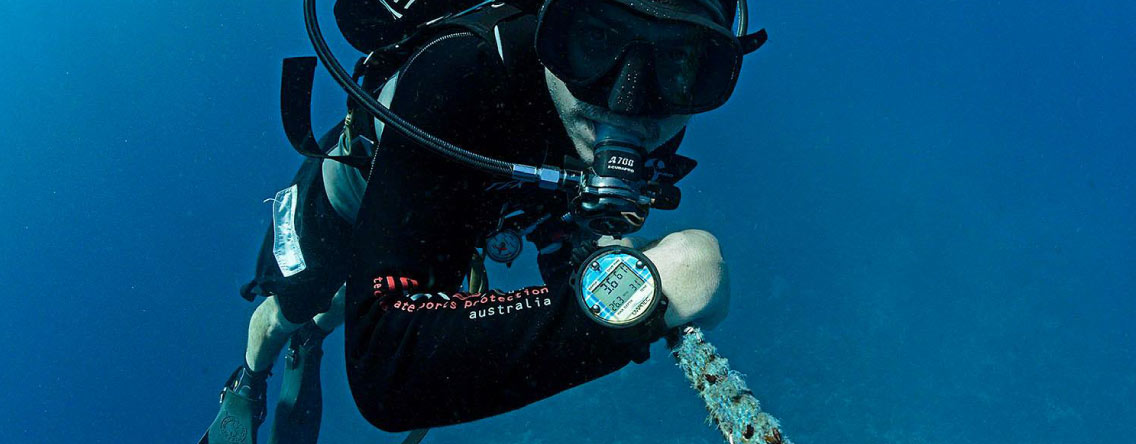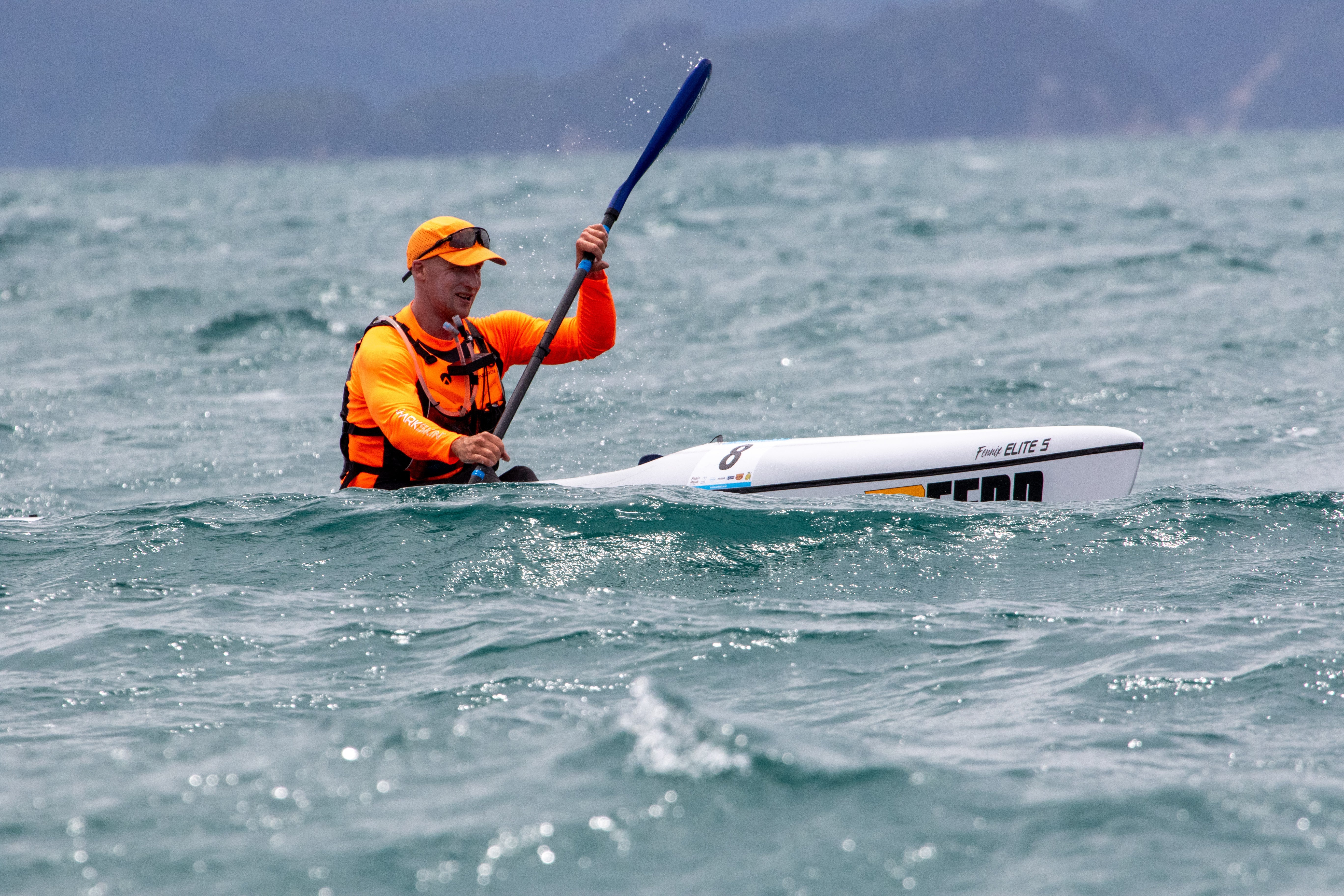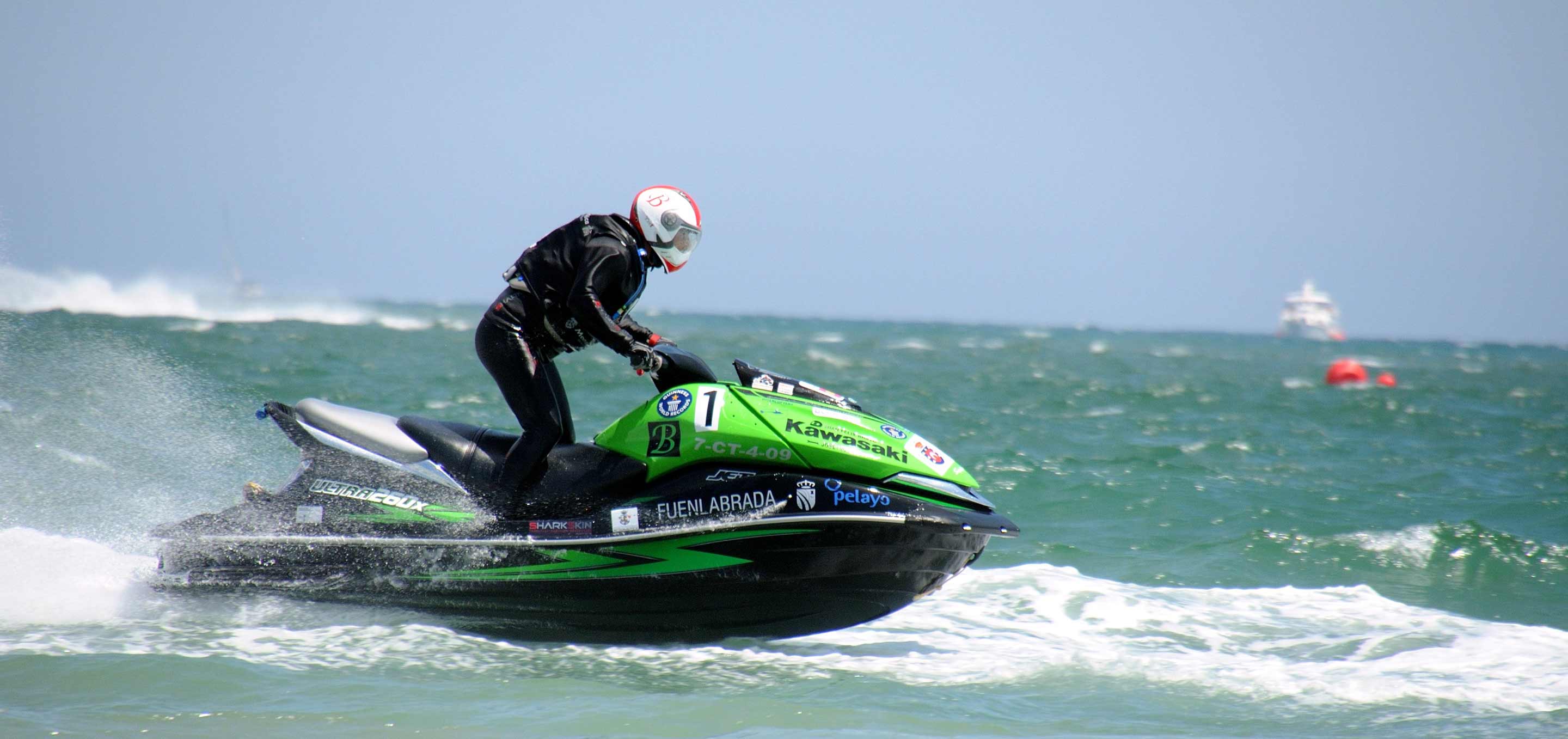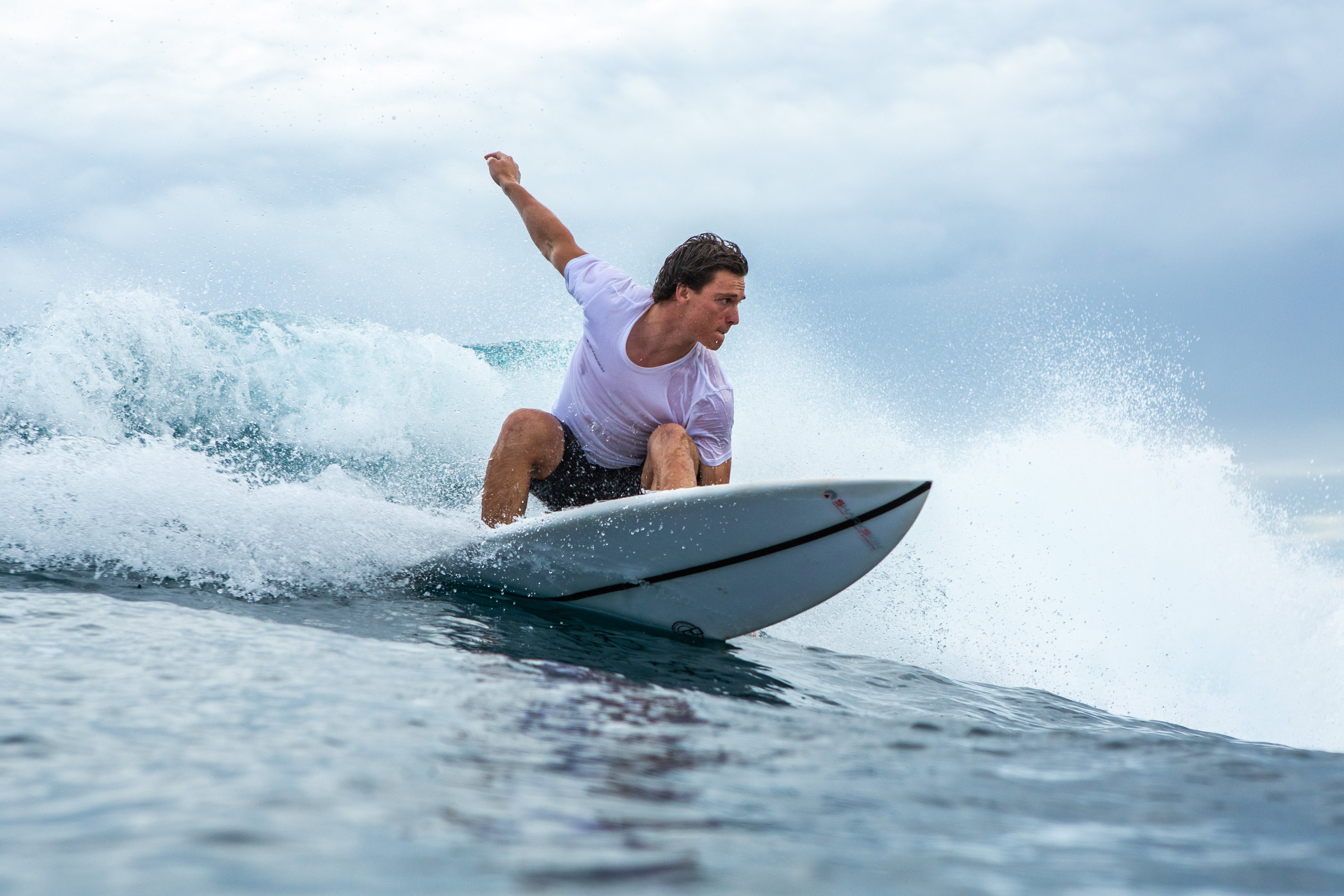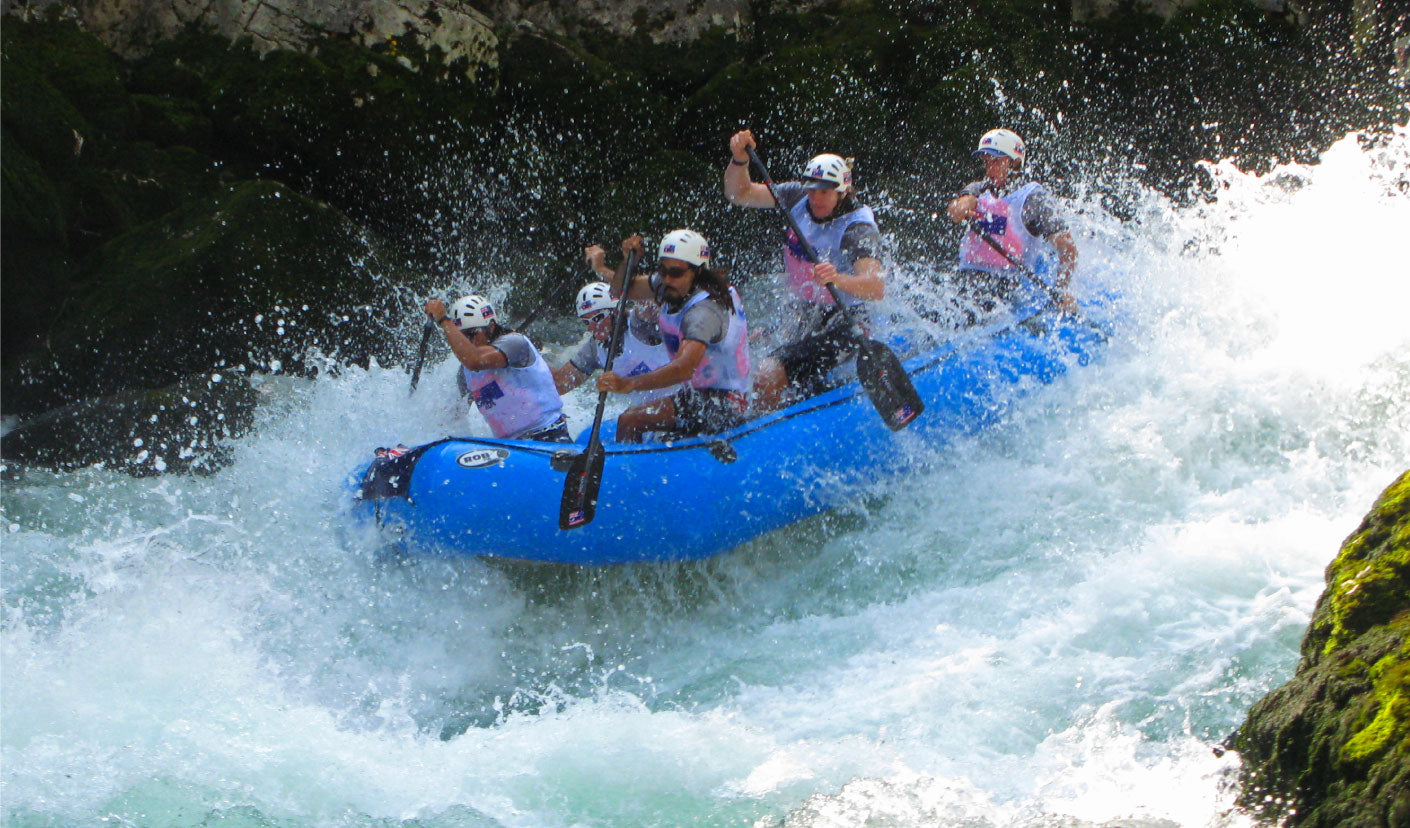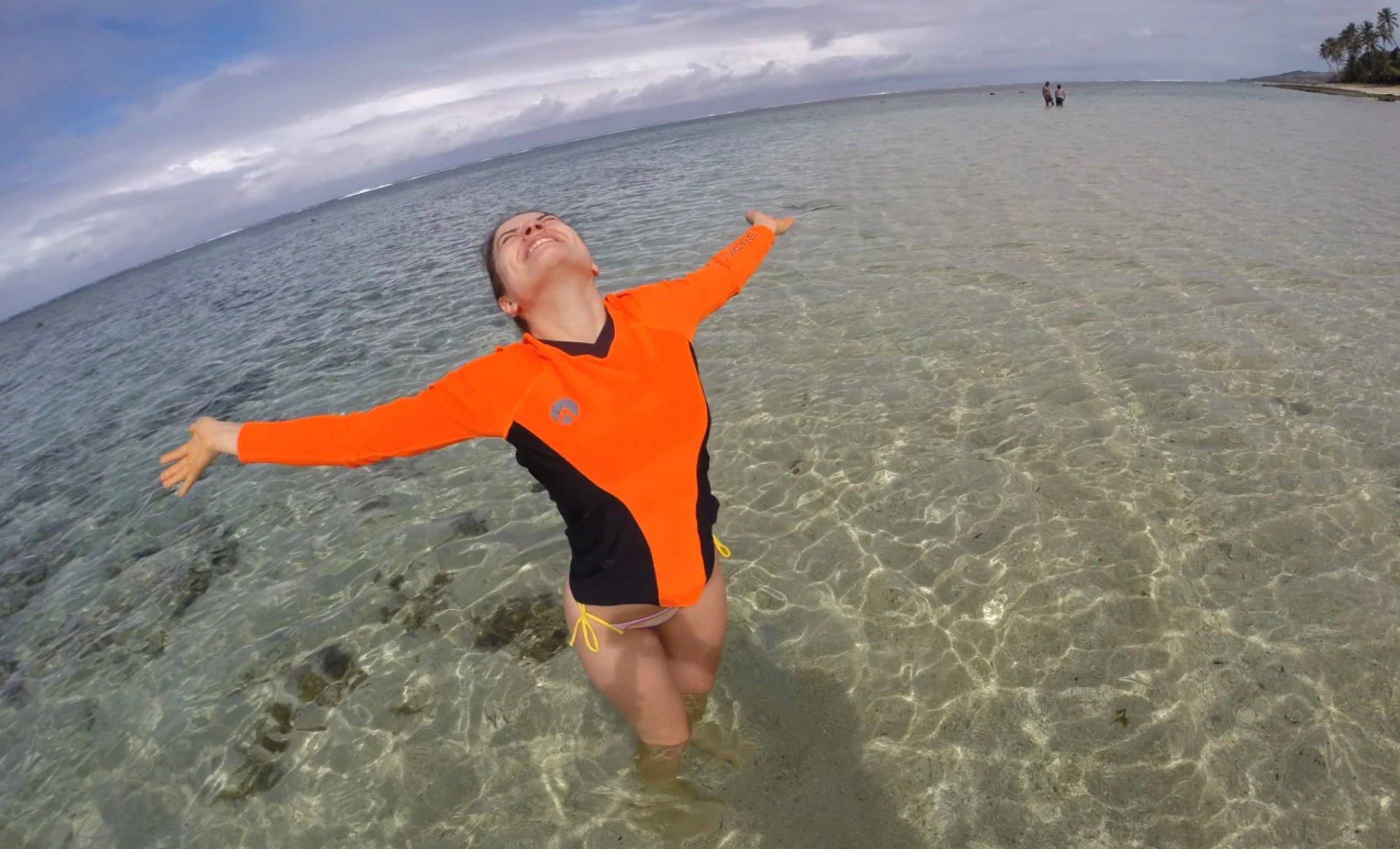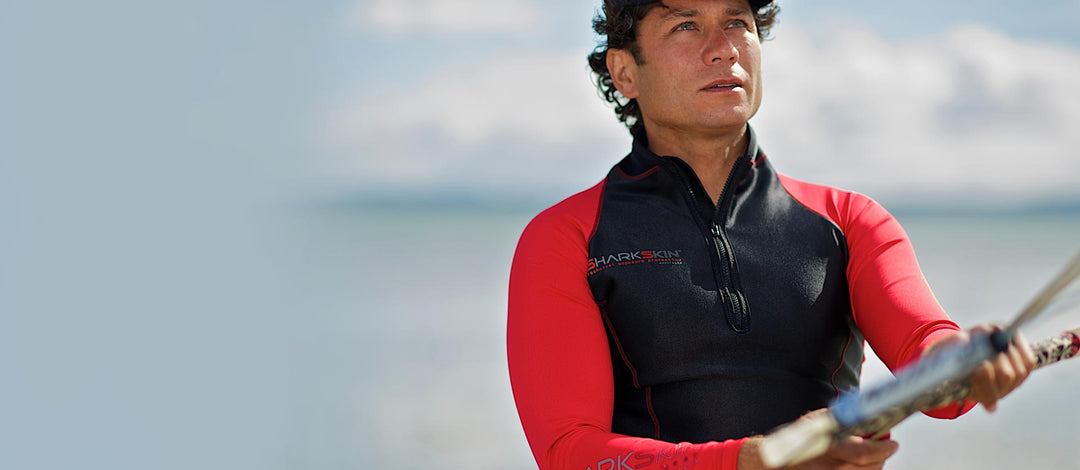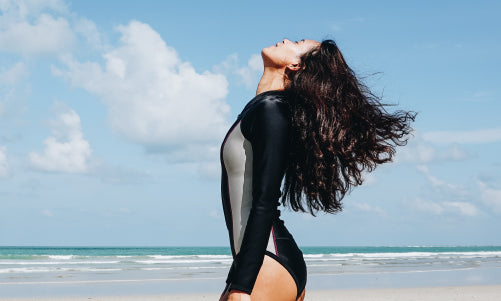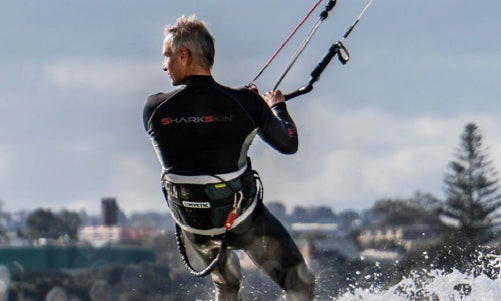Layering Techniques for Cold Water Sports
When dealing with cold water sports, wearing proper layers can make a significant difference in staying warm and dry. A well-planned layering system helps wick moisture, trap heat, and control body temperature in unpredictable conditions. By choosing the right layer materials and understanding how to arrange your cold weather layers, you can maintain comfort, regardless of your activity level.

What is a Layering System and Why Use It?
A layering system usually includes a base layer, one or more insulation layers, and an outer layer. The base layer sits directly against your skin, wicking moisture away to keep you dry. Insulation layers, often made with synthetic insulation or fleece, trap heat and help maintain steady body temperature. Finally, the outer layer is water resistant and shields you from wind, rain, and cold spray. Together, these layers manage body heat and moisture, preventing sudden chills or overheating.
If you would like more detail on how these layers work together to keep you comfortable, consider reading The Science Behind Thermal Protection in Water Sports: Keeping Warm with Sharkskin.
Which Layer Materials Are a Good Choice?
For the base layer, pick materials that wick moisture effectively, such as quality hollow fibre synthetics. These fibres help keep you dry even if you sweat. Insulation layers should be warm and light—synthetic insulation is a good choice because it remains effective even when damp. Outer layers should be water resistant or waterproof and breathable, so sweat can escape while rain and spray stay out. Selecting the right layer materials reduces discomfort and helps you remain warm and dry throughout your activity.
How Many Cold Weather Layers Do You Need?
The exact number of layers often depends on personal preference and weather changes. If you work hard and produce plenty of body heat, you may need fewer layers. On the other hand, if conditions are extremely cold or you are less active, additional layers might be necessary. Choosing the right wetsuit and thickness also matters. You might find Do Wetsuits Keep You Warm in Cold Water? and the Right Wetsuit Thickness for Different Water Temperatures useful for gaining more insight into proper layers suited to changing conditions.
Should You Layer Both Top and Bottom?
Yes. Covering top and bottom areas equally is important. A base layer under your wetsuit trousers helps wick moisture away from the legs, while insulation layers on top and bottom keep your entire body warm. Combining proper layers ensures that no part of your body is left exposed to cold water or chilly wind, improving comfort and reducing the risk of feeling cold spots.
How Do You Adapt to Changing Conditions?
When conditions shift, you can add or remove layers. If the forecast shows stronger winds or more rain, putting on additional layers is wise. In milder weather, thinner or fewer layers might be enough. Constantly check how you feel during the activity. If you are too hot, remove a layer; if you are getting cold, add one. This flexibility helps you manage different environments and maintain steady comfort.
Do You Need Synthetic Insulation?
Synthetic insulation is a good choice if you expect to get wet. Unlike some natural fibres, it continues to trap heat even if damp. This makes it ideal for cold water sports, where splashes or accidental falls are likely. Keeping warm is easier when your insulation layers function reliably, no matter what conditions you face.
To sum up, using proper layers allows you to control moisture, maintain warmth, and adapt to changing conditions. Start with a base layer to wick moisture, add insulation layers to trap heat, and finish with an outer layer that keeps you dry. Adjust these layers according to personal preference and activity level, and you will find a comfortable solution that suits your next cold water trip.
At Sharkskin, we know the importance of choosing proper layers for cold water sports. Our Thermal Flex, Chillproof and T2 Chillroof ranges are perfect by themselves in the appropriate weather conditions and also provide a solid foundation for any layering system underneath a wetsuit for an extra boost in warmth when needed. The Rapid Dry collection is designed to be worn loose and so can be layered over the top of all other Sharkskin tops for extra insulation and water shedding when required. For those seeking head-to-toe protection, our Men's Fullsuit and Women’s Fullsuit ranges can also be layered underneath a wetsuit for extra warmth. By selecting quality gear that matches your needs, you can enjoy the water with greater comfort, ensuring that cold conditions never hold you back.




